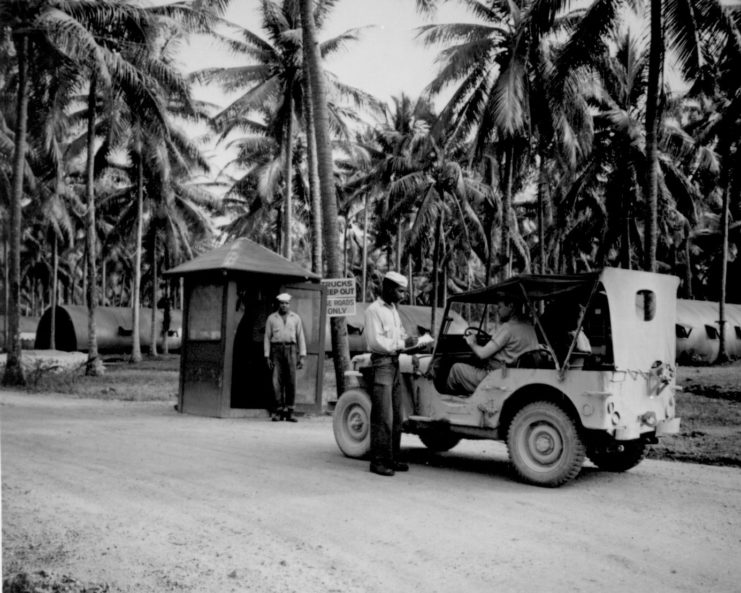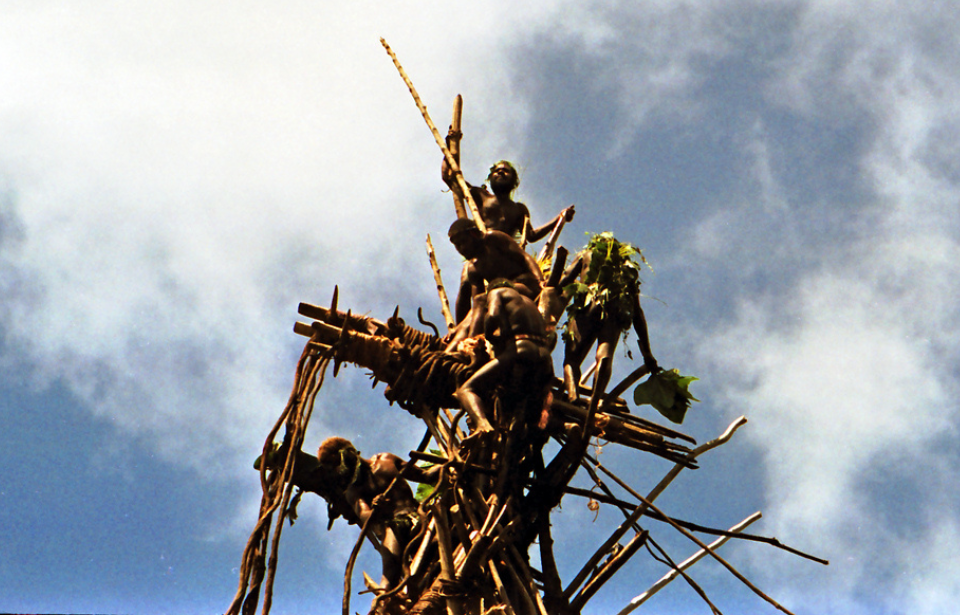Bungee jumping is one of those activities that makes people stop and wonder how it was ever discovered? Modern-day bungee jumping has existed since 1980, but an early form has been around much longer – in fact, you might be surprised to learn that bungee jumping has a strange connection to the Second World War.

According to legend, the first case of what can now be described as “bungee jumping” originated thousands of years ago, on Pentecost Island in the South Pacific.
It states that the wife of a man named Tamalie was tired of the abuse she’d faced at the hands of her husband. She decided to run away, climbing up a tree to hide from Tamalie. However, he spotted her and climbed up the tree after her. The woman, being cunning and observant, tied lianas around her ankles. She jumped off the tree, flying through the air and hoping the vines would be strong enough to keep her alive.
Tamalie, not realizing his wife had outsmarted him, jumped after her and fell to his death. After this, men on Pentecost Island introduced the ritual Naghol – or “land diving” – so women could never again outsmart men.
A 28-meter high tower was built for this ritual to be completed. Before a man dives, he airs out his grievances; in case he dies, at least he’ll have a clean slate. The idea of Naghol was to prove how brave they were. If they jumped and their hair hit the ground, they believed this would help fertilize the soil for a bountiful crop.

During World War II, the Allied forces used Pentecost Island as a supply base, naval harbor and airfield. It’s safe to assume they’d have seen Naghol taking place multiple times.
Modern bungee jumping dates back to 1979, when members of the United Kingdom-based Dangerous Sports Club leaped off the Clifton Suspension Bridge, near Bristol. However, the sport continued to remain relatively obsolete until 1987, when a man from New Zealand, Alan John Hackett, illegally jumped from the Eiffel Tower with a lycra shock cord.
More from us: Leonard T. Schroeder: The First Allied Soldier to Land on Normandy on D-Day
Want to become a trivia master? Sign up for our War History Fact of the Day newsletter!
Today, there are hundreds of official bungee jumping spots around the world.
